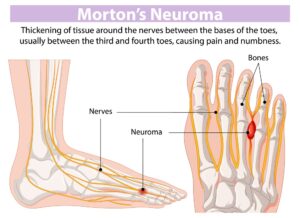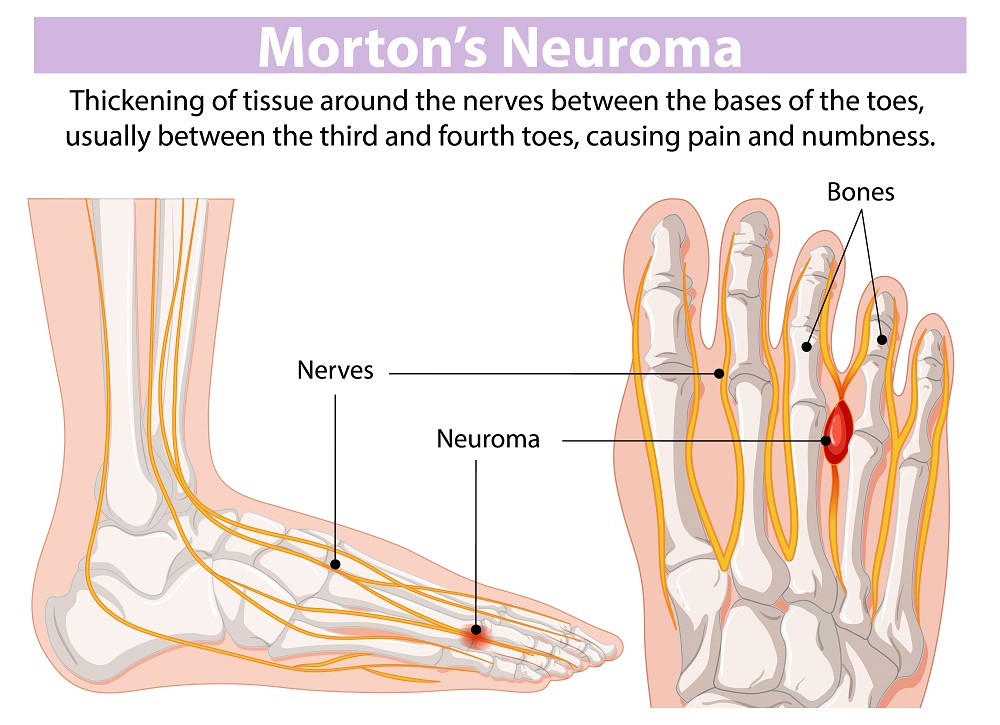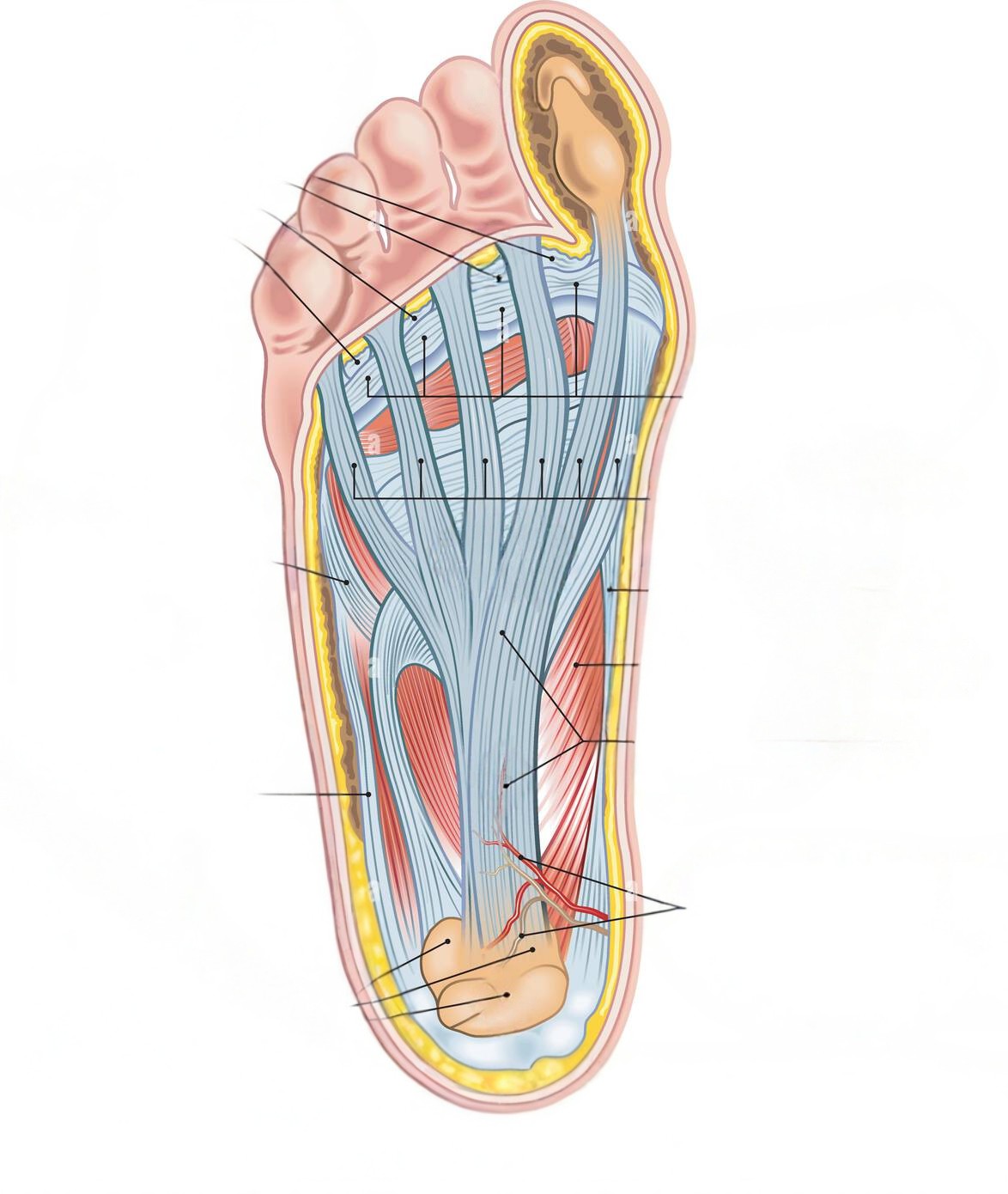
Morton’s Toe, also known as Morton’s foot or long second toe, is a common foot condition where the second toe appears longer than the big toe. This is different from a Morton’s Neuroma. This anatomical variation can lead to imbalances in foot mechanics, causing discomfort, pain, and other related issues. While there is no cure for Morton’s Toe, various treatment options are available to manage symptoms and improve foot function. In this article, we will explore the treatment approaches commonly used for Morton’s Toe.
Understanding Morton’s Toe
Morton’s Toe occurs when the second metatarsal bone, which connects to the second toe, is longer than the first metatarsal bone, connecting to the big toe. This structural difference can result in excessive pressure on the second toe during walking or other weight-bearing activities.
Conservative Treatments
In many cases, conservative treatment options can effectively manage the symptoms associated with Morton’s Toe. These approaches focus on reducing pain, improving foot mechanics, and enhancing overall comfort. Here are some commonly used conservative treatments:
1. Footwear Modifications
Wearing proper footwear plays a crucial role in managing Morton’s Toe. Look for shoes with a wide and deep toe box to accommodate the longer second toe comfortably. This helps reduce pressure and friction on the toe, minimizing discomfort.
2. Orthotic Inserts
Custom orthotic inserts or arch supports can help redistribute pressure and provide additional cushioning to the forefoot. These devices are designed to improve foot alignment and support the arch, promoting more balanced foot mechanics.
3. Toe Splints or Pads
Toe splints or pads can be used to help alleviate pressure on the longer second toe. These devices can provide cushioning, support, and help reduce the risk of corns, calluses, or other related foot problems.
Physical Therapy and Exercises
Physical therapy and specific exercises can help address foot imbalances and promote optimal foot mechanics in individuals with Morton’s Toe. A physical therapist can design a tailored program that focuses on strengthening the foot muscles, improving flexibility, and enhancing overall foot function.
Pain Management
If Morton’s Toe causes significant pain or discomfort, over-the-counter pain medications, such as nonsteroidal anti-inflammatory drugs (NSAIDs), may be recommended. However, it is important to consult with a healthcare professional before starting any medication.
Surgical Intervention
In rare cases where conservative treatments fail to provide relief, surgical intervention may be considered. Surgery for Morton’s Toe aims to correct the structural imbalance and reduce pressure on the longer second toe. The specific surgical procedure will depend on the individual’s condition and the severity of the symptoms.
Seeking Professional Guidance
If you suspect you have Morton’s Toe or experience persistent foot discomfort, it is important to consult with a healthcare professional specializing in foot conditions. They can provide an accurate diagnosis, evaluate the severity of your condition, and recommend appropriate treatment options tailored to your specific needs.
Remember, early intervention and proactive management are key to effectively managing Morton’s Toe and improving your foot function and comfort. By working closely with your healthcare team and implementing the recommended treatment strategies, you can minimize symptoms and enhance your overall well-being.
In this article, we have explored the treatment options available for managing Morton’s Toe. If you suspect you have Morton’s Toe or experience foot discomfort, we strongly advise consulting with a healthcare professional for an accurate diagnosis and personalized treatment plan. By seeking timely and appropriate care, you can effectively manage symptoms and improve your foot function and comfort.




